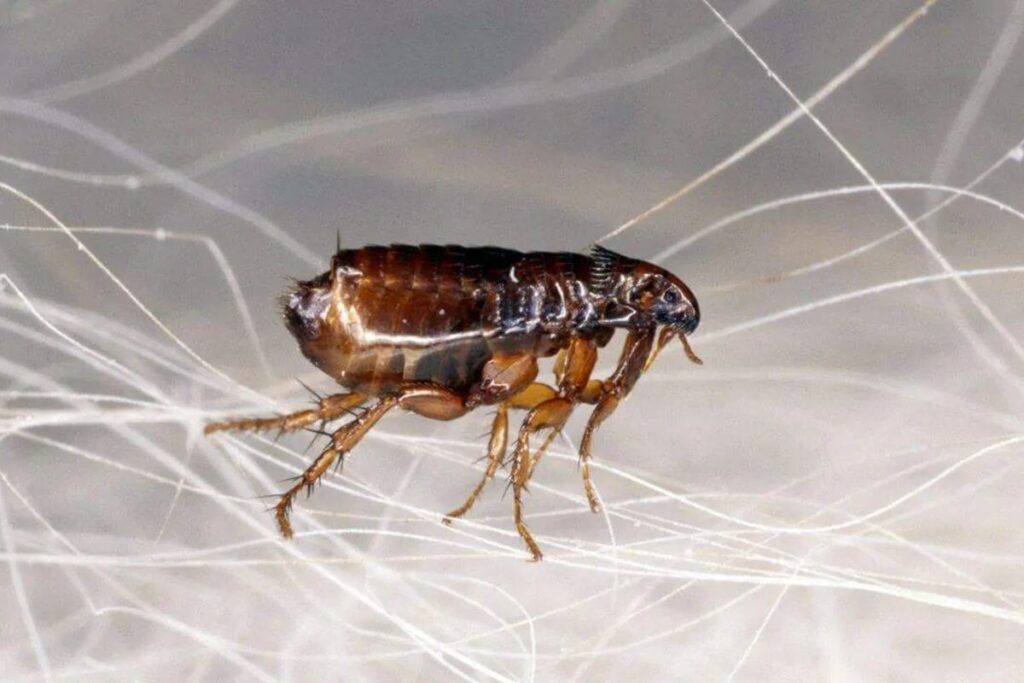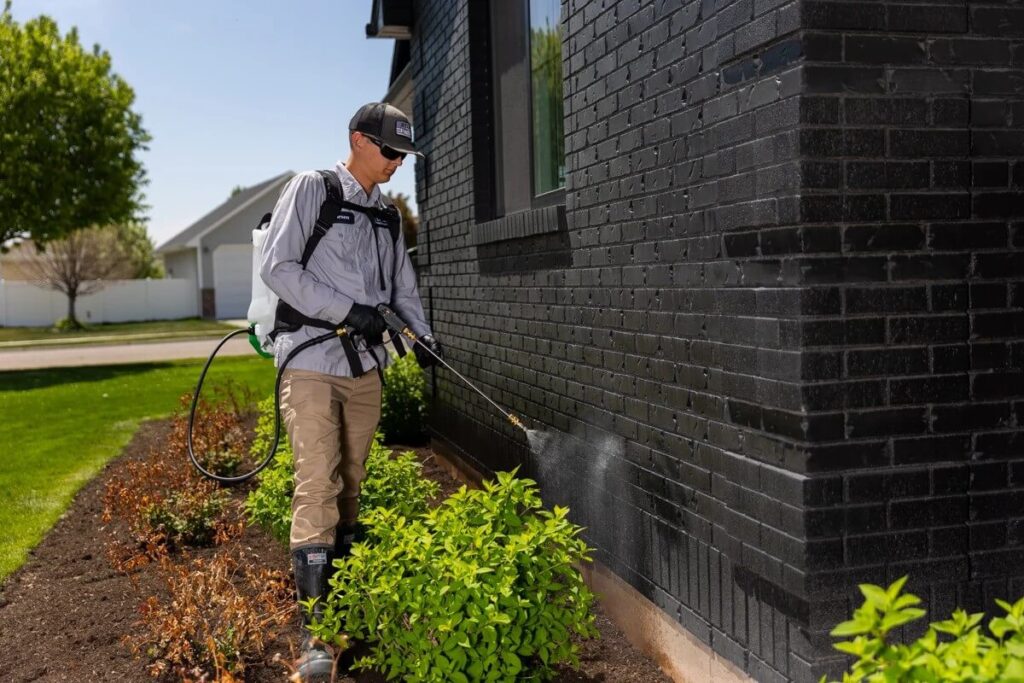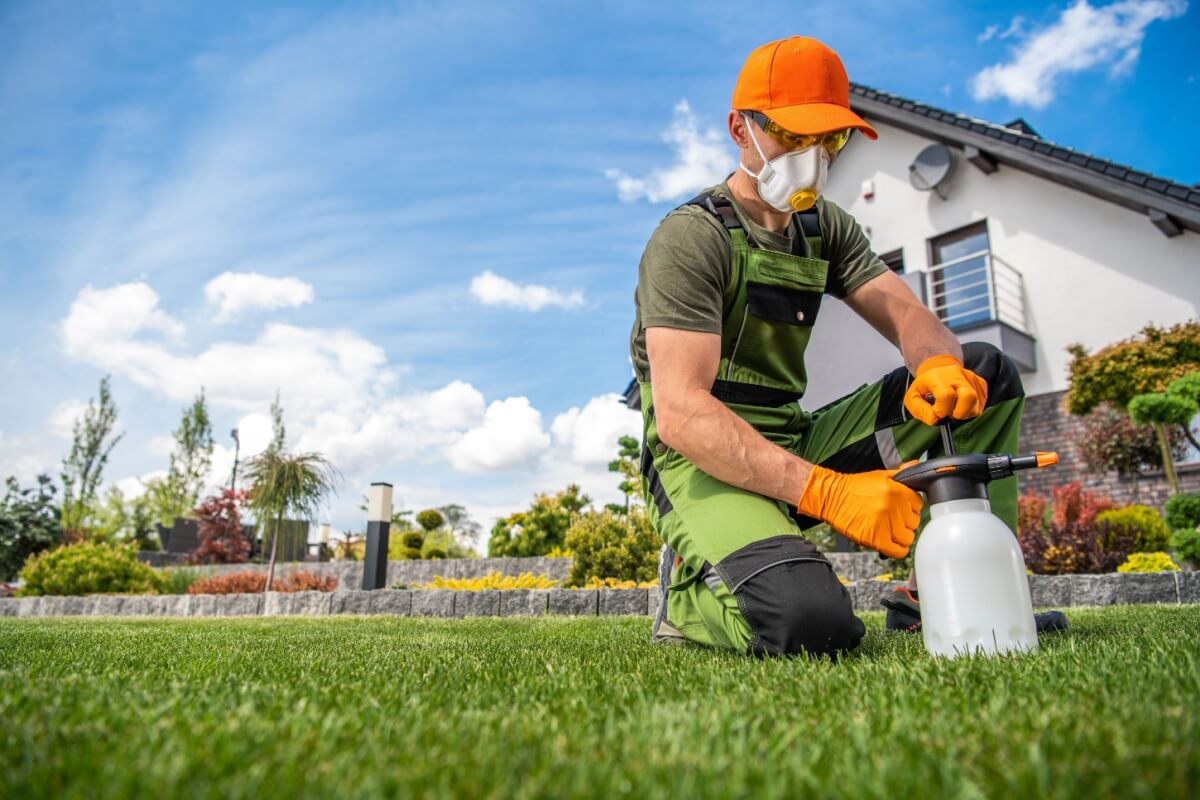Understanding the termite problem in Sydney
Termites are often referred to as the “silent destroyers.” They can cause enormous damage to homes in Sydney before homeowners even realise they’re there. These pests are notorious for their ability to chew through wood, flooring, and even wallpaper, causing structural issues that can be costly to repair.
In Sydney, the warm, humid climate presents ideal conditions for termite infestations. This means that homeowners must be especially vigilant. Over time, three different types of termites can be found in the area, each with unique behaviours and preferences that can affect how they invade homes.
Why termites are a serious concern
The primary concern with termites is their capacity to inflict extensive damage. By the time signs of an infestation become apparent, the extent of the damage can be significant. Most homeowners typically miss the first hints, leading to repairs that can amount to thousands of dollars.
Furthermore, the emotional toll of a termite infestation can weigh heavily on a homeowner’s peace of mind. Knowing that your investment might be at risk creates a sense of anxiety. Thus, understanding the nature and risks of termites is crucial for all Sydney residents.
The types of termites found in Sydney
In Sydney, the most common types of termites are subterranean, drywood, and dampwood termites. Subterranean termites are the most invasive, living underground and typically entering homes through tunnel systems.
Drywood termites, on the other hand, can establish colonies within dry wood without the need for moisture. This makes them particularly tricky to detect since they can infest furniture and wooden beams without obvious signs. Lastly, dampwood termites prefer wood that’s in contact with damp soil, thus being more common in areas with moisture problems.
Recognising signs of a termite infestation
Recognising a termite issue before it escalates is vital. Homeowners should be aware of both visible signs and other less obvious cues that may suggest the presence of these pests.
Regular inspections and knowledge of what to look for can save homeowners time, money, and stress in the long run. Here’s what to keep an eye out for:
Physical evidence of termites in your home
One of the most obvious indicators of a termite infestation is the presence of mud tubes, small tunnels made from soil and saliva. These tubes can often be found along foundations or walls, providing a path for termites to travel between their nests and food sources without exposing themselves.
Another common sign is damaged wood. If you knock on wooden structures and hear a hollow sound, that could be a warning sign. You might also discover small holes in wood that indicate termite activity inside.

Unusual sounds and other signs
In addition to visible signs, homeowners might hear unusual sounds in their walls. Termites can create soft clicking noises as they communicate with each other, particularly during the night when your home is quiet. If you notice any strange noises, it’s wise to investigate.
Other signs include discarded wings of swarmers, which are reproductive termites. When they swarm, typically in the spring, they shed their wings and leave them behind, indicating potential infestations nearby.
See also: The Advantages of a Buyer’s Agent in Brisbane
The life cycle of a termite
To understand how to combat termite infestations, it’s essential to be aware of their life cycle. Termites undergo significant changes from their initial stages to maturity, influencing how they reproduce and spread.
Typically, the life cycle consists of three main stages: egg, nymph, and adult. Understanding this cycle can help homeowners identify potential infestations early and respond effectively.
Termite breeding habits
Termite colonies can grow at an astonishing rate, with a queen termite capable of laying thousands of eggs each day. This prolific breeding is a critical reason why infestations can escalate quickly. Colonies usually begin their lifecycle in the spring and can thrive in conducive environments.
New colonies can form when swarms occur, meaning it’s vital to stay alert during these periods. The more active they are, the more vigilant homeowners need to be.
How termites grow and develop
After the eggs hatch, the nymphs emerge and undergo several molts before reaching adulthood. This process can be quite rapid in optimally warm conditions, leading to vast numbers in a short time. The development from nymph to adult can depend on the species and environmental factors.
Understanding their growth patterns can also aid in recognising when infestations are most likely and when to consider preventative measures.

Preventing termite infestations
Preventing termites from taking hold in your home is far more effective than dealing with an infestation. Here are some practical steps homeowners can take:
Regular home inspections
Conducting regular home inspections is crucial. Inspect your home at least once a year, checking all wooden structures, especially those near the ground. Bring in a professional if you suspect any issues or prefer a detailed inspection.
Early detection can limit the damage. Many best termite control Sydney companies offer inspection services that can pinpoint potential issues before they turn into expensive repairs.
Effective termite deterrents
There are several effective methods to deter termites, including moisture control, proper ventilation, and using physical barriers like stainless steel mesh. Creating distance between the soil and wooden structures, and ensuring there’s no direct contact between plant matter and wood, can also help.
Additionally, there are chemical treatments available that can be applied during construction for long-term prevention.
Professional termite control in Sydney
If a termite infestation does occur, it’s essential to know when to seek professional help. Trusting experts not only ensures a thorough inspection but also guarantees the proper application of treatments tailored to your specific situation.
When to call a professional
It’s wise to call in professionals if you notice any signs of an infestation or if your home has previously experienced termite issues. The expert intervention will ensure that the problem can be dealt with comprehensively, eliminating the pests and preventing future infestations.
Moreover, pest control specialists can provide advice on ongoing prevention strategies to help safeguard your home.
What to expect from a termite control service
When contacting a termite control service, you can expect a thorough assessment of your property. They will examine wood, soil, and any areas susceptible to infestation. Following diagnosis, they will outline the best course of action, which may involve baiting, barriers, or chemical treatments.
After treatments, the professionals will often schedule follow-up visits to monitor the situation, ensuring that the termites are eradicated and providing peace of mind for homeowners.

